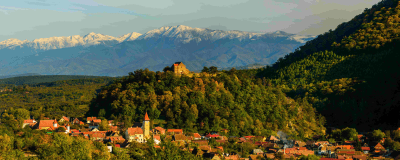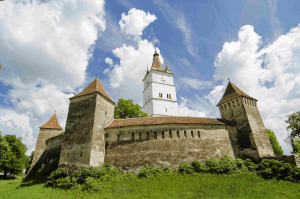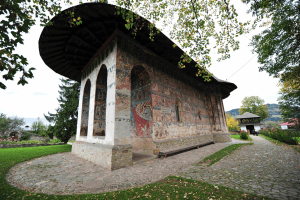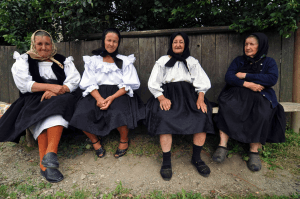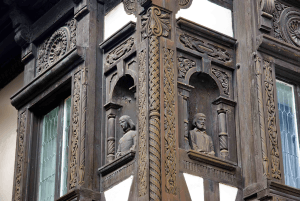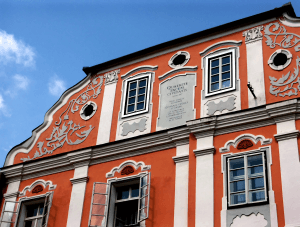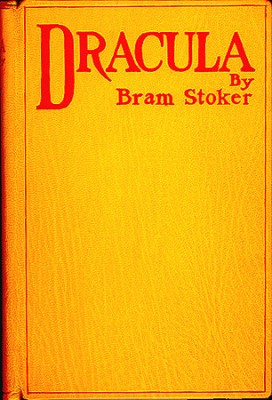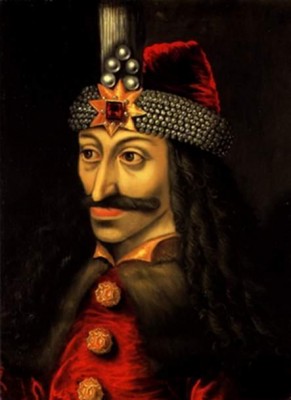Dracula & Vlad Tepes: Myth & Reality
Over the years, many myths and legends have arisen around Dracula's name and much ink has been spillled on this matter, depicting some of the most thrilling stories. No one can actually tell which parts of the legends are true and which are make-believe. This is something you will have to discover for yourself, entering a world of mystique and emotion.
It is assumed that Vlad Țepeș, son of Vlad Dracul was born in 1431, probably at the Royal Court in Târgoviște as most of the Walachian princes, or in Sighișoara while his father was in Transylvania between 1431 and 1436. His official name is "Valdislaus I Basarab-Luxembourg" baptized in the holy font of the "Santa Maria" church.
But he used to sign as his father, "Dracula", as evidenced by the first document in Bucharest, dated September 20, 1459.
The term is derived from the Romanian Drăculea - son of Dracul, his father’s surname, received after being introduced by the Hungarian King Sigismund in the Order of the Dragon.
The name identifies him with the bloodthirsty tyrant whose favorite method of execution was the impalement. Vlad Țepeș adopted this method highly prevalent in the Western Middle Ages, from his good Moldavian cousin Stefan the Great, the latter being the first to use this terrible execution in the Romanian countries.
The first edition of the novel "Dracula"
If in 1897 Bram Stoker hadn’t written his novel “Dracula”, Vlad Țepeș certainly would have not been heard of outside the Romanian borders. Although entirely fictional, the novel is inspired by Vlad’s mythical association to a vampire count.
The first film adaptation of Stoker's novel was made in Germany in 1922, called "Nosferatu, eine Symphonie des Grauens" (Nosferatu, A Symphony of Horror).
The most accurate and best known adaptation is Francis Ford Coppola’s movie "Dracula" from 1992, featuring Gary Oldman, Winona Ryder, Anthony Hopkins, Keanu Reeves.
 Authentic Romania
Authentic Romania Our Specials
Our Specials City Breaks
City Breaks





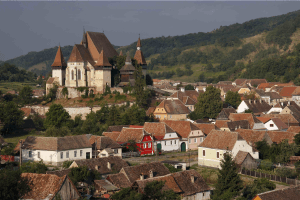

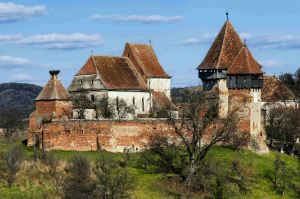

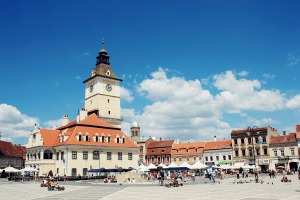

.png)




